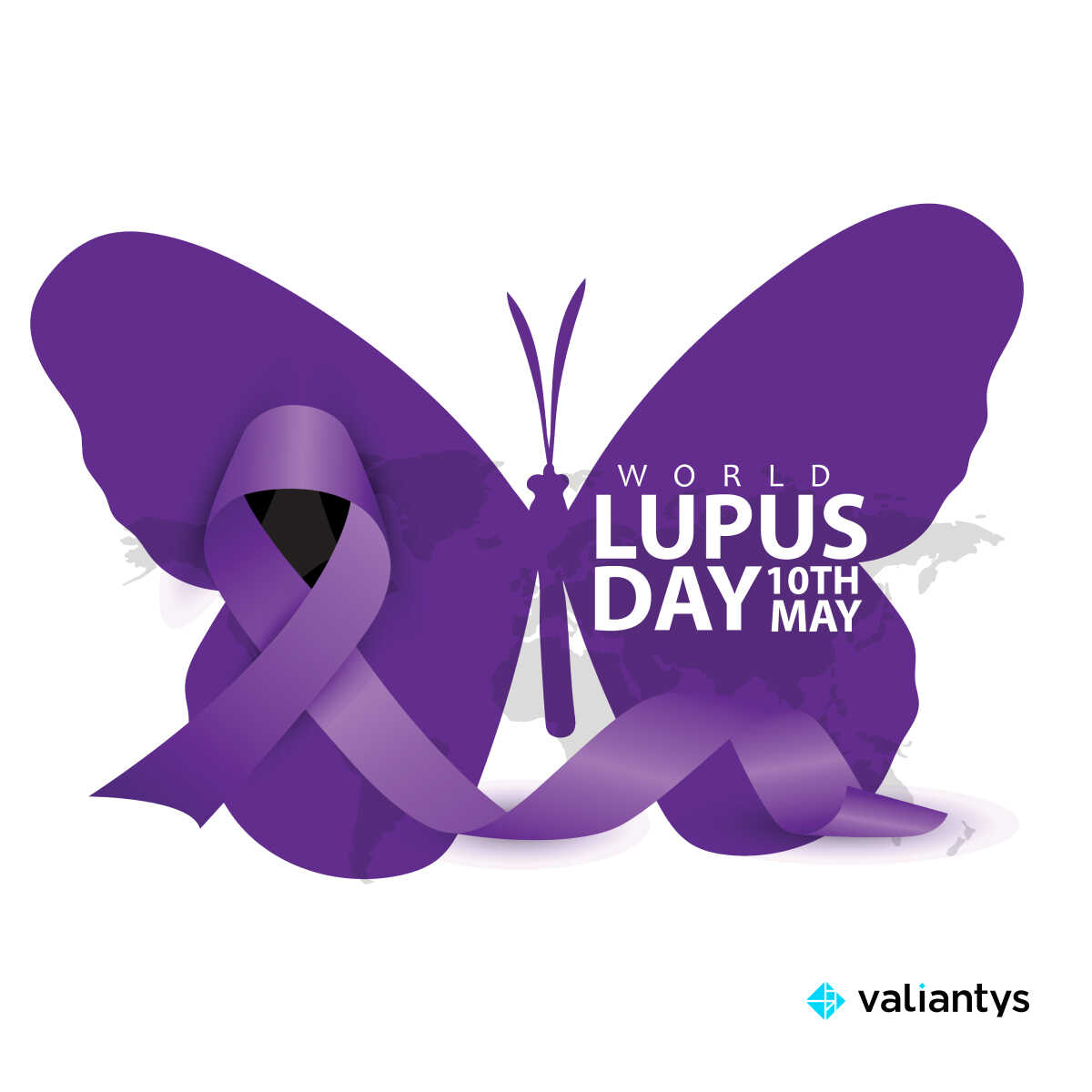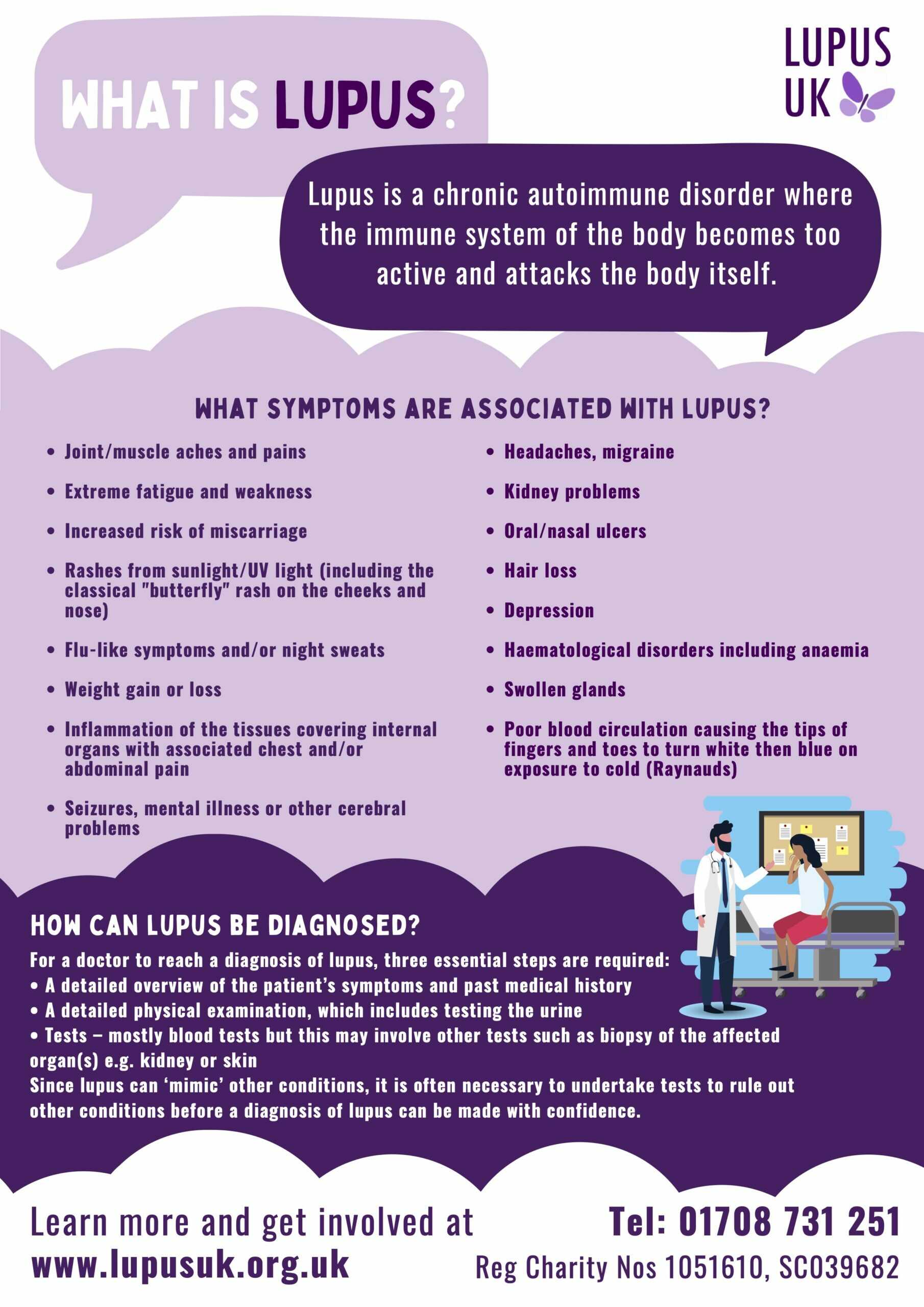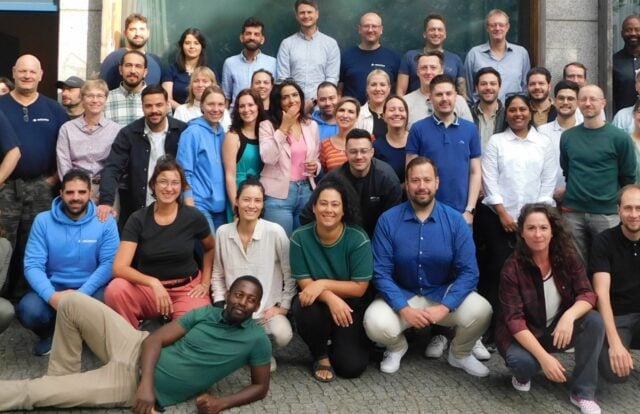
This year, our Diversity, Equity & Inclusion working group are bringing visible and invisible disabilities to the forefront of the conversation and continuously strive to foster a working environment inclusive for everyone – one where we can all feel comfortable enough to bring our true selves to work. And so today, on World Lupus Day, I’d like to share a piece of my true self on the world of invisible disabilities and working with “the wolf”.
Understanding the invisible
First, let me ask you a question… Does someone have a disability if you can’t see it? For many, they get told “you look healthy” or “you’re too young to be in pain”, or “you don’t look like you have a disability”, and yet the truth of the matter is that over 1 billion people are currently living with a non-visible disability.
"Globally 1 in 7 of us live with a disability. And of those, 80% are invisible."
So, how can we make the invisible visible? Unfortunately, it’s not as easy as removing Harry Potter’s cloak of invisibility – it comes down to the hard task of sharing knowledge and educating friends, family, colleagues, and employers. Whilst knowledge is an ally here, the simple act of listening can help you unlock the ability to understand and empathize.
What is a non-visible disability?
The term hidden, invisible or non-visible disability are all one and the same. It is a term that is associated to temporary, situational or permanent disabilities that can be neurological, cognitive, physical, visual, sensory and auditory, including processing difficulties. As well as respiratory, rare diseases and chronic conditions. Some examples of these include:
- Mental health conditions, including Anxiety, Depression, Schizophrenia, Personality Disorders, Obsessive Compulsive Disorder
- Autism and Asperger’s syndrome
- Autoimmune disorders such as Multiple Sclerosis, Rheumatoid Arthritis, Type 1 Diabetes and Systemic Lupus Erythematosus
- Long Covid
The list of invisible disabilities is extensive. It is, indeed, so long it could stretch 3,784.50 meters (12,416ft) around Anfield Stadium if it represented 867 different invisible disabilities, chronic illnesses, and conditions… oh wait, it did! And it achieved a Guinness World Records™ for the longest lanyard along the way.
Hidden disabilities tend to defy the stereotype of what we think “disabled” is, and it is important to realize that even though you cannot see evidence of a disability, the disability still very much exists. It’s also worth remembering that we all still want to be treated with respect and as individuals – the disability does not define us, we just might need a helping hand from time to time.
Lupus the invisible gremlin
What is Lupus?
Lupus is a chronic autoimmune disease where the immune system is dysfunctional and mistakenly identifies the body’s own tissues as foreign invaders. It is characterised by inflammation and damage to healthy tissue, caused by the immune system mistakenly attacking and destroying its own cells, tissues and organs.
In general, there are 4 types of Lupus:
- Systemic Lupus Erythematosus (SLE), the most common form of lupus which affects numerous organs, especially skin, joints, and kidneys. It can range from mild to severe. People with SLE may also experience neurological symptoms such as seizures or cognitive difficulties
- Cutaneous lupus, a form of lupus that is limited to the skin
- Drug-induced lupus, a lupus-like disease caused by certain prescription drugs
- Neonatal lupus, a rare condition that affects infants of women who have lupus
Lupus is highly complex and personal. Commonly people with Lupus have comorbidities that include Sjögren’s syndrome, Raynaud’s phenomenon, thyroid disease, rheumatoid arthritis, and fibromyalgia, to name but a few. This can make lupus more difficult to correctly diagnose. On average, it takes nearly seven years for people with Lupus to be diagnosed, from the time they first notice symptoms and approximately 63% were originally misdiagnosed. During this time, active Lupus can cause damage to the kidneys, skin, heart, lungs and/or brain which may be irreversible. And it disproportionately affects females and people from Black African, Caribbean, and Asian ancestries.
I’d like to share a video that explains the condition and what living with Lupus really feels like. Before you ask…no, this is not me, but it could have been based on me!
The challenge of living with Lupus
Lupus is recognised and associated to several different animals, from the purple butterfly, which is usually the symbol of support, to the wolf – when translated, Lupus means wolf in Latin – or my most favourite resemblance… Gremlins. For those that have seen the 1984 movie with the cute and endearing Mogwai, that is until you get them wet and feed them after midnight and all hell breaks loose! Lupus has some definite similarities when it comes to its symptoms…

The two most common symptoms of Lupus are joint/muscle aches and pains and extreme fatigue – almost 90% of lupus patients report experiencing fatigue which can often cause substantial impairments in quality of life and work disability. Other symptoms include rashes, anemia, light-sensitivity, headaches & migraines, hair loss, oral ulcers, brain fog, depression and anxiety.
Living with an invisible disability can be challenging and not everyone will face the same challenges and barriers as they vary depending on the individual, their condition, and their support system. A few challenges and barriers someone living with Lupus may face are:
- Discrimination and stigmatization due to the invisible nature of the condition and lack of understanding and awareness about it
- Waking up at night due to difficulty breathing and chest pain can mean feeling very tired and unfocused during the day
- Requiring special equipment for health issues
- Managing the stress and physical demands of commuting, carrying heavy books, and sitting for hours at a desk or computer
- Managing and dealing with mental health challenges such as depression, anxiety, and other emotional difficulties
- Difficulty in maintaining relationships, leading to isolation and loneliness
- Dealing with increased feelings of inadequacy or alienation due to friends and family not understanding lupus
Making Lupus visible

Source: Lupus UK
Click here to download a PDF version
Why is World Lupus Day important to me?
I won the Lupus lottery roughly 8 years ago. Fun fact: it was the same year Selena Gomez developed Lupus. Unknowing of what was to come and what Lupus even was at that time, I had to nerd up quickly and brace myself for a steep learning curve at the age of 20 whilst trying to balance my second year at university and lead an active life. I was soon saying “It’s life, Jim, but not as we know it”.
It’s safe to say my support system was everything and still is, from my family, friends, employers, lecturers, to even the accommodation management team who once ran my medications to my lecture hall and allowed us to make room changes to support my final years of study. I can’t place enough emphasis on what the right level of support does for people who suffer with disabilities (invisible or not), it can make the difference between us thriving or falling through the cracks.
Lupus has given and taken away over the years but, for better or worse, it is fully a part of who I am. It has shaped my life, challenged me, pushed me to my limits and has made me into the person I am today. I have learnt a lot from Lupus along the way and not just how to have a high tolerance for pain, but how to be resilient, strong-willed, independent and know when to ask for help (most of the time). Truthfully, I’ve forgotten what life was like before Lupus now, before the chronic pain, the numerous medications, and the daily fight. So, on days like World Lupus Day it allows me to reflect, remember I’m not alone – there’s nearly 5 million Lupus Warriors out there, and it offers me the chance to help educate, support and share a piece of my little world in the hopes it will help others.
With knowledge comes increased awareness, and a drive to support, raise money for research, and encourage government leaders to do everything they can to help people with Lupus and associated chronic illnesses.
How you can offer support
Lupus, like other non-visible disabilities, is different for everyone; and it is difficult to generalize recommendations for everyone living with an invisible disability. So, here are just some of the ways you can offer your support for those living with invisible disabilities:
- Educate yourself on the condition and its symptoms – employers could develop regular sessions to help understand disabilities at work
- Make flexible work arrangements and plans with friends
- Join Hidden Disabilities Sunflower
- Ask how you can help as a friend, colleague, or employer
- Be a good listener and offer emotional support. People with Lupus often experience feelings of isolation, so having someone to talk to can make a big difference
- Be patient and understanding of their limitations and symptoms. Chronic conditions and symptoms often flare up unexpectedly
- Be aware of the triggers of the condition and help them to avoid them
You may be unable to see it, but chances are disabilities have a huge, hidden impact on your company. Invisible illnesses are all around us, yet we don’t see them plainly. And statistically, your employees are probably using a lot of emotional labor to seem “fine” when they are in their work zone.
Individuals who choose to disclose their disabilities to their managers are twice as likely to report that they are happy with their jobs. That’s a tremendous difference to belonging and it all starts with the level of openness and trust that is fostered in organizations. Employers can’t afford to overlook employees with invisible disabilities if they want to build a psychologically safe and thriving workplace.
Join together to fight Lupus this World Lupus Day!
Laura Holton is a Growth Marketing Manager at Valiantys North EMEA

Resources:
- https://www.lupusuk.org.uk/
- https://www.lupus.org/
- https://hiddendisabilitiesstore.com/insights/category/invisible-disabilities




